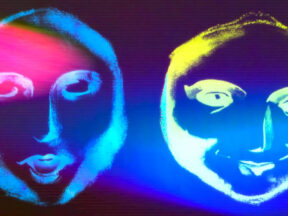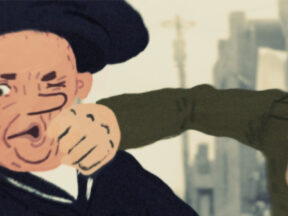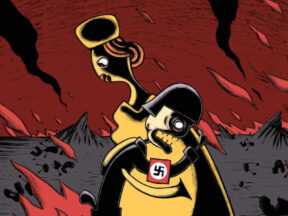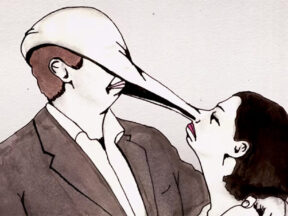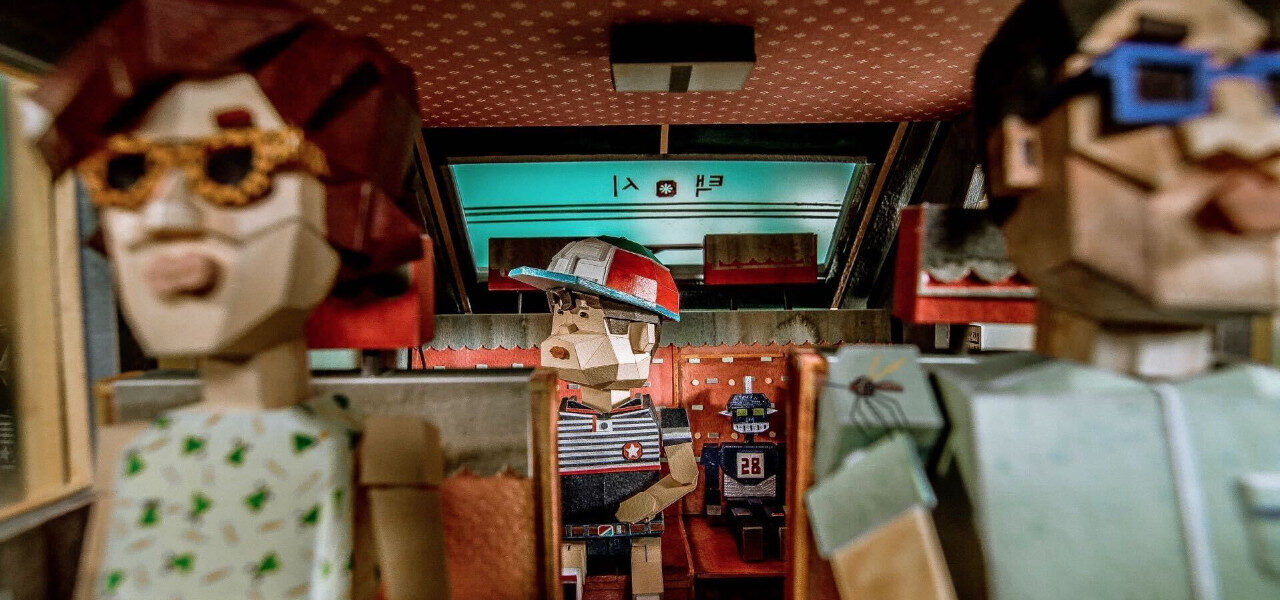
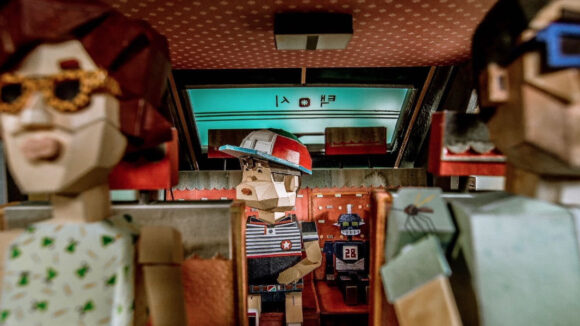
Know Your Indie Filmmaker: Kangmin Kim
In this week’s installment of our ongoing weekly series in which we profile the most interesting independent animation filmmakers working today, we profile Los Angeles-based Korean animator Kangmin Kim, the dizzyingly creative artist whose acclaimed stop-motion films showcase a striking design mixed with innovative storytelling.
In a paragraph: Armed with low budgets, Kim has managed to create an innovative body of work that almost never looks the same. Each film has a distinct style that mixes multiple techniques and gorgeous designs. If there is a link, it’s Kim’s continual fascination with his … let’s say … “unique” family history.
Where to start: Deer Flower (2016). Mixing stop motion, 3d printing, and 2d drawn animation, Kim creates an utterly strange, imaginative, and true(!) story about a young boy whose parents take him to a strange place to consume deer blood in the hopes that it will make him stronger.
What to watch next: 38-39 (2012). This exquisitely crafted stop-motion work with beautiful background designs continues Kim’s exploration of his family history. Set in a bathhouse, a man goes to soak in a hot tub. As the heat seeps through his body, he drifts into a dream or memory of another man. The two share similar birthmarks yet can’t seem to connect with each other.
Other key works: Jeom (2018), Kkum (2020), Rick & Morty spot (2019), Short of the Week signal film (2019)
Influences: “In terms of concept, my family influenced me the most. Starting with my thesis film, 38-39, all four short films I’ve made so far are based on real events that have happened to me and my family.
In terms of film language, When the Day Breaks (1999) and Caroline Leaf’s films are indispensable. Both masterpieces are from NFB. When the Day Breaks shows a very exquisite combination of sound, music, techniques, and story. Through this film, I learned that conflicts between different techniques and styles can occur in one film.”
Says: “My main technique is stop motion but I like to combine different techniques in one film. When I juxtapose different images and techniques in one sequence, they create their own strange and unexpected energy. It might be uncomfortable for some audiences, as it interrupts the flow of the story. However, I don’t think that my animation needs to be particularly kind and considerate of all audiences.”
Currently working on: Beyond teaching stop motion classes in the experimental animation department at Calarts, Kim is working on commissioned work and developing two new short films.

